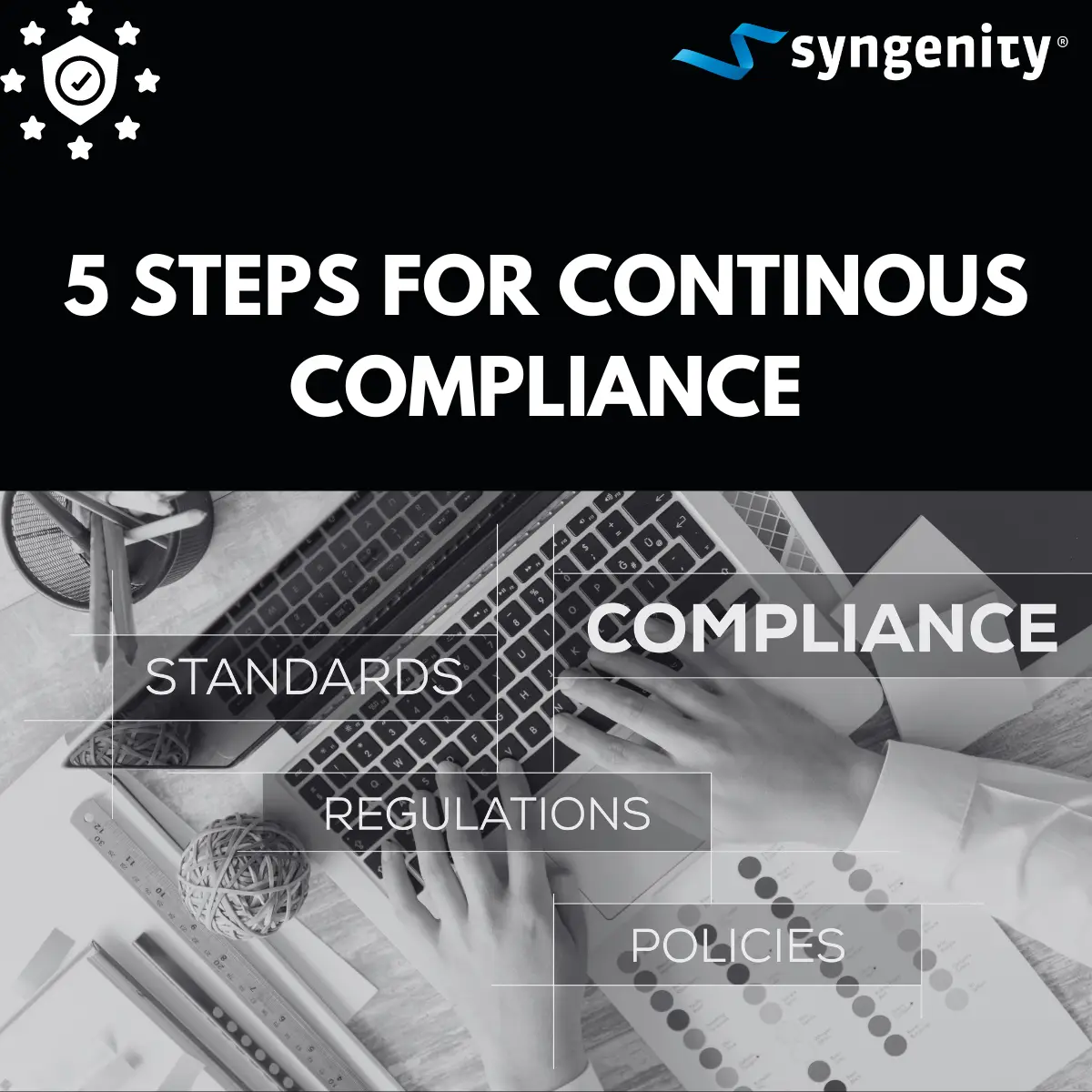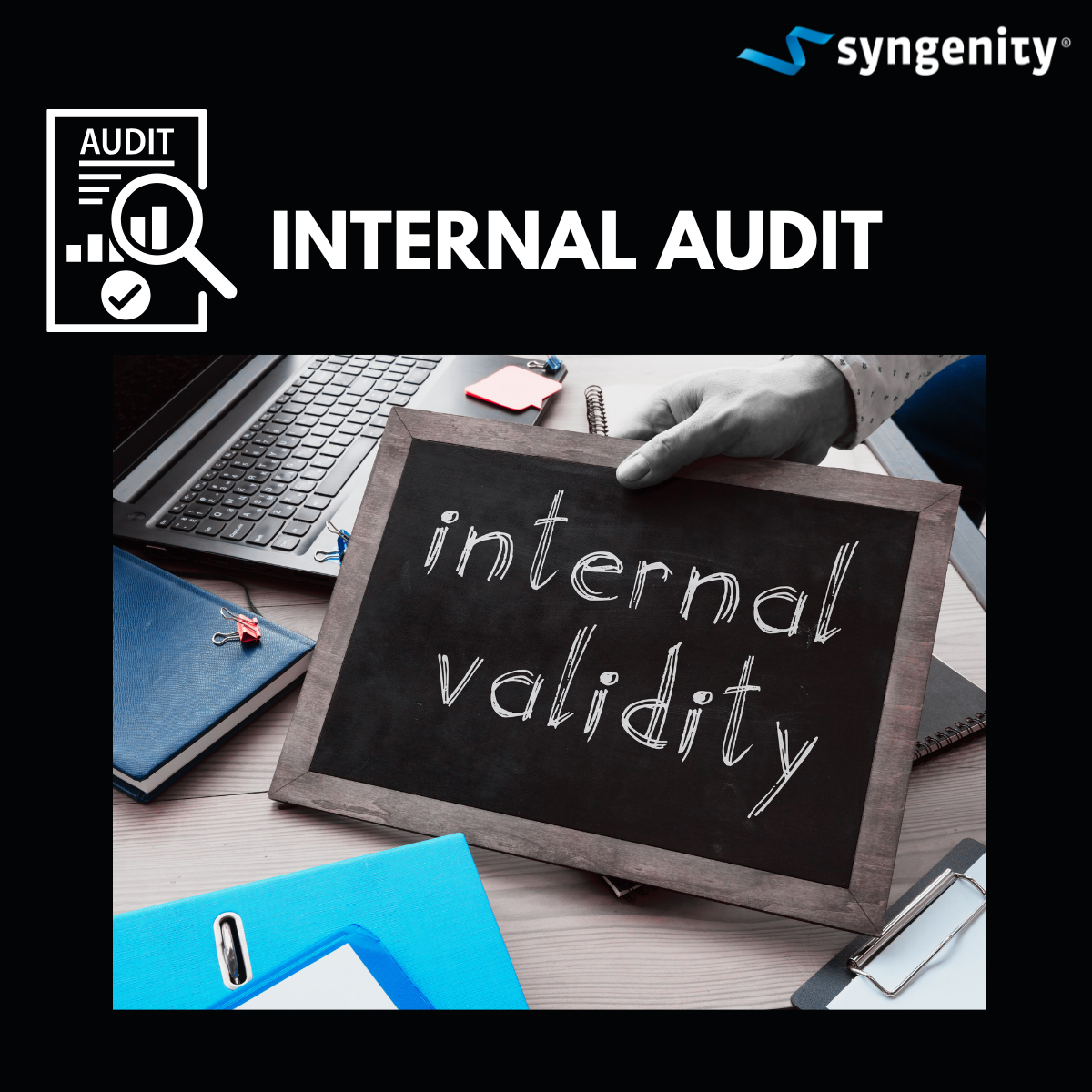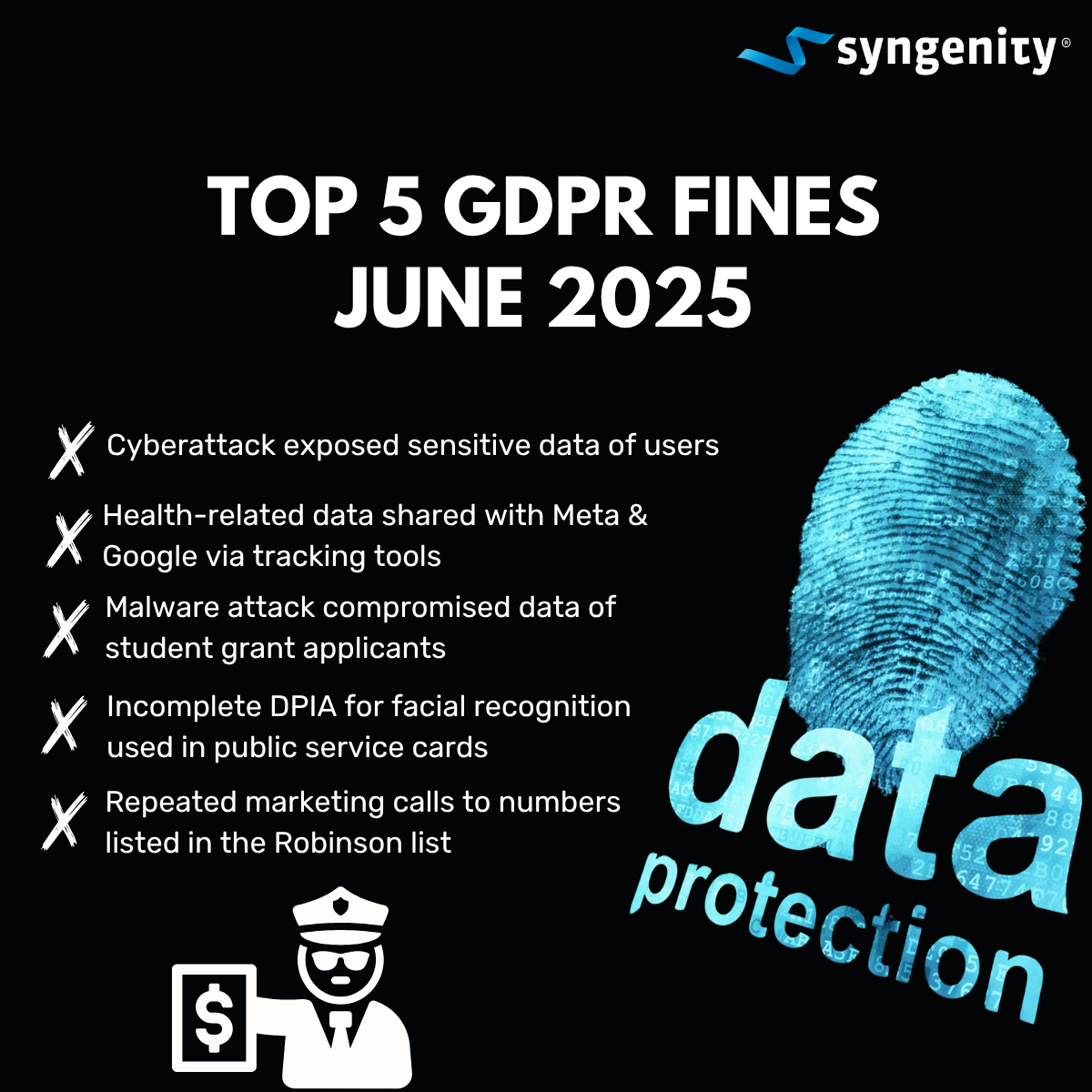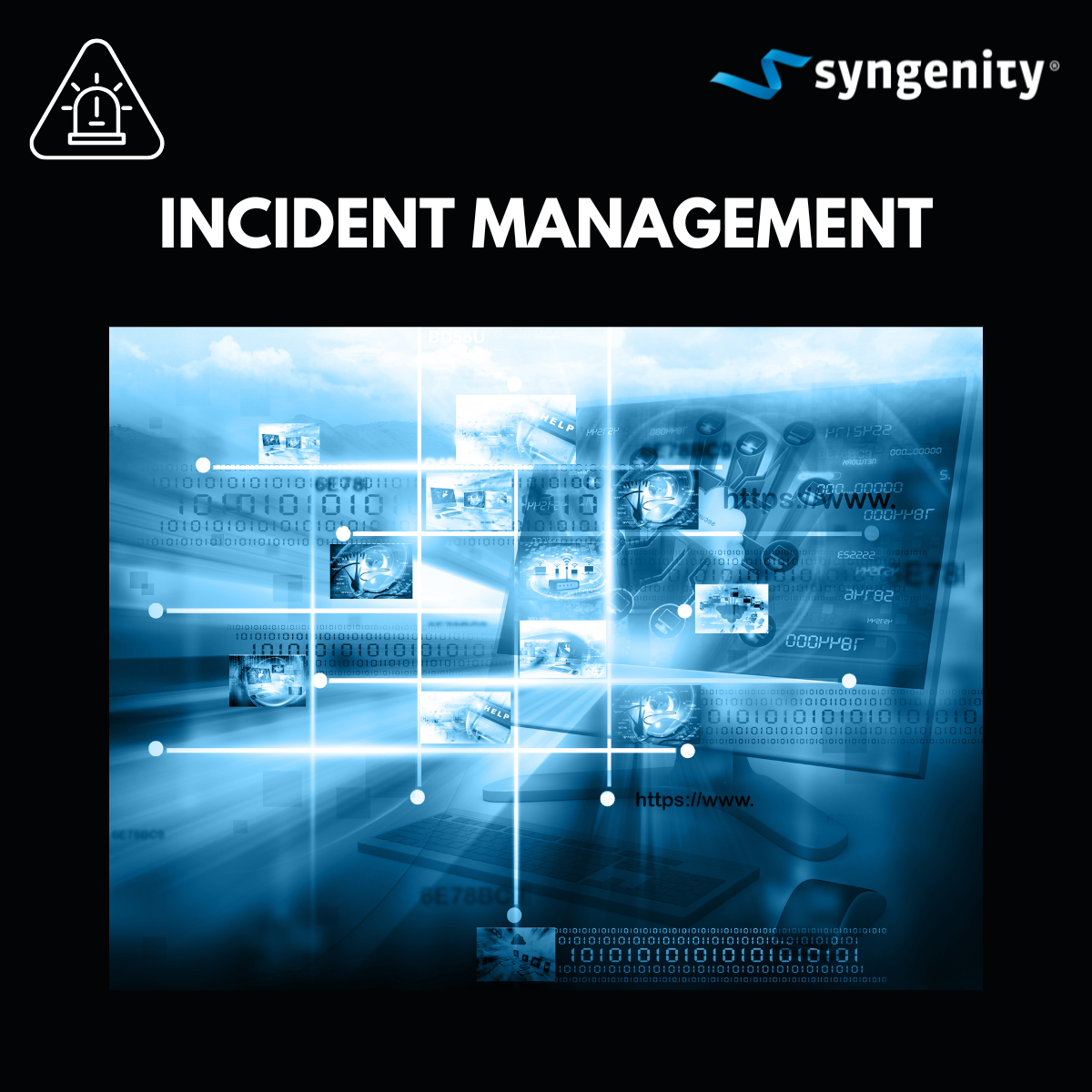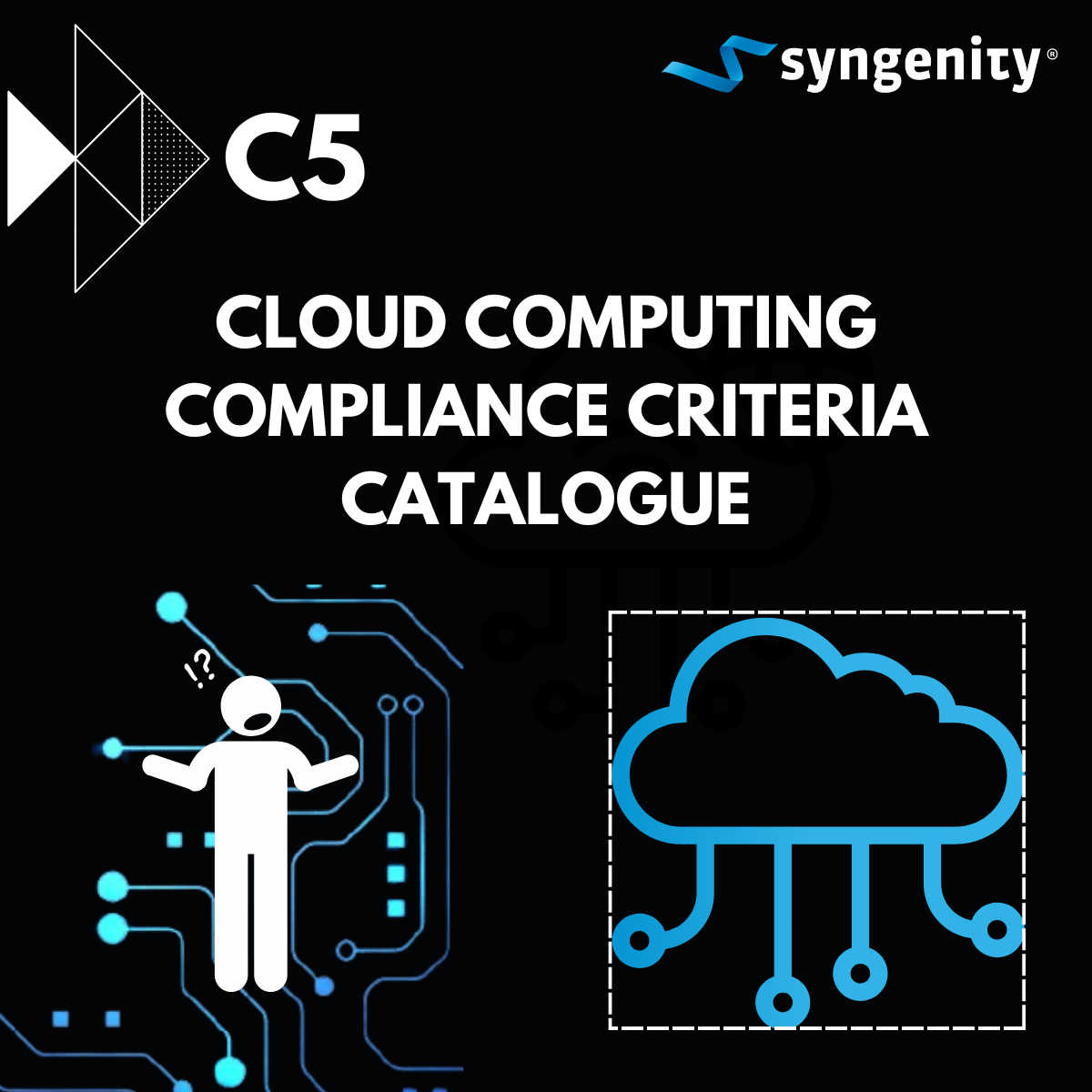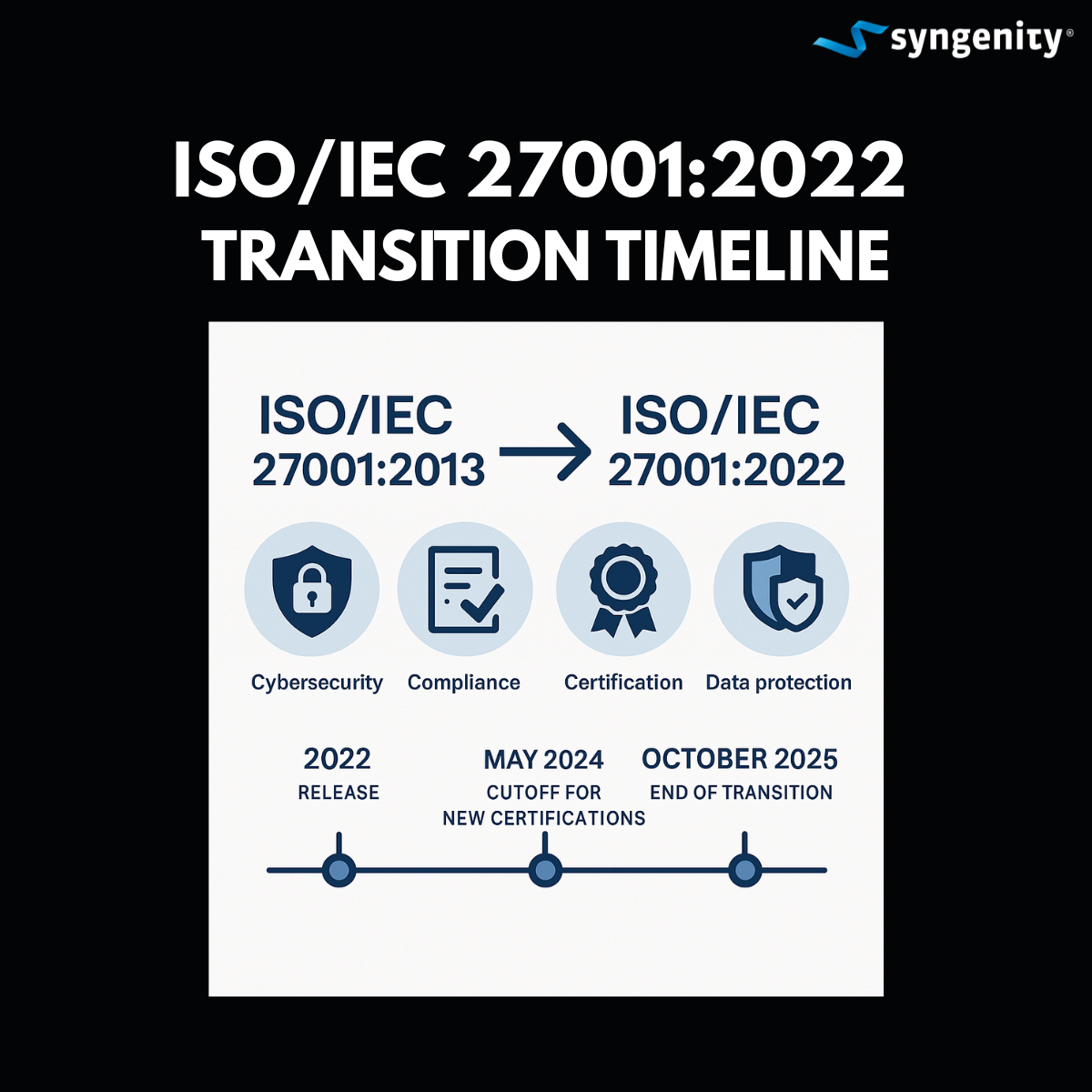Maintaining compliance with ISO 27001 is critical to protecting your organization’s data and ensuring sound information security.
ISO 27001 provides a framework for establishing, implementing, maintaining and continually improving an information security management system (ISMS).
Here you will find detailed steps to help your organization stay on track:
Regular audits and reviews
Perform internal audits
Internal audits are a cornerstone of ISO 27001 compliance.
These audits should be carried out at regular intervals to check the effectiveness of your ISMS.
The aim is to identify any non-conformities and areas for improvement.
An internal audit plan should cover all aspects of your ISMS to ensure a comprehensive review.
Management reviews
In addition to internal audits, management reviews are essential.
These reviews should be conducted at planned intervals to assess the performance of the ISMS.
Management should evaluate the results of the audits, feedback from stakeholders and the effectiveness of controls to address risks.
This will ensure that the ISMS remains aligned with the organization’s strategic objectives.
Employee training
Continuous training programs
Employees are the first line of defense when it comes to information security.
Ongoing training programs should be conducted to keep all employees up to date on the latest security policies, procedures and threats.
Regular training can include phishing simulations, workshops and e-learning modules.
Awareness campaigns
In addition to formal training, awareness campaigns can reinforce the importance of information security.
Use newsletters, posters and internal communication channels to highlight important information security practices and policy updates.
Risk assessments
Regular risk assessments
Risk assessments are important to identify new threats and vulnerabilities.
Conduct these assessments regularly to stay abreast of the evolving risk landscape.
The risk assessment process should include the identification of assets, threats, vulnerabilities and the potential impact of risks.
Adapt control measures accordingly
Based on the results of risk assessments, adjust your security controls to mitigate the risks identified.
This may include implementing new technologies, updating policies or improving existing security measures.
Incident management
Robust incident management process
Implement a robust incident management process to respond to and learn from security incidents.
This process should include clear procedures for detecting, reporting, investigating and resolving incidents.
Ensure that all employees know how to report security incidents and that there is a dedicated team to deal with these reports.
Review after an incident
After an incident has been resolved, conduct a follow-up review to understand what happened and how similar incidents can be prevented in the future.
This review should be incorporated into your continuous improvement process.
Documentation
Keep documentation up to date
Maintaining up-to-date documentation is a fundamental requirement of ISO 27001.
This includes records of policies, procedures, risk assessments, audit reports and incident response actions.
Documentation should be easily accessible to those who need it and regularly reviewed for accuracy and relevance.
Change management
Implement a change management process to ensure that all changes to the ISMS are documented and reviewed.
This process helps to maintain the integrity and effectiveness of the ISMS over time.
Continuous improvement
Embrace a culture of continuous improvement
Compliance with ISO 27001 is not a one-off effort, but an ongoing process.
Embrace a culture of continuous improvement by using feedback from audits, risk assessments and incident reports to improve your ISMS.
Review and update your ISMS regularly to adapt to new threats, technologies and business requirements.
Use feedback
Actively solicit feedback on your information security practices from employees, customers and other stakeholders.
Use this feedback to make informed decisions about improvements and to demonstrate your commitment to information security.
By following these steps and taking a proactive approach, you can ensure ongoing compliance with ISO 27001 and effectively protect your organization’s information assets.
Achieving and maintaining ISO 27001 certification demonstrates your commitment to information security and can provide a competitive advantage in today’s data-driven world.

